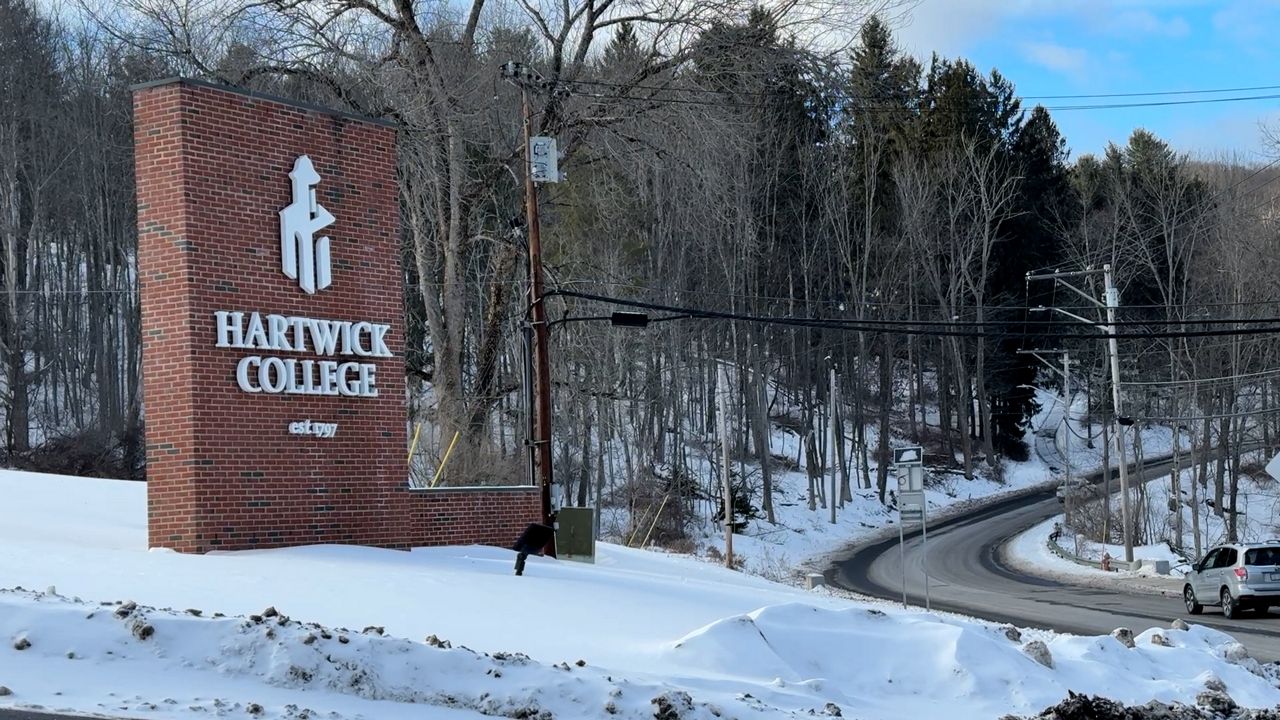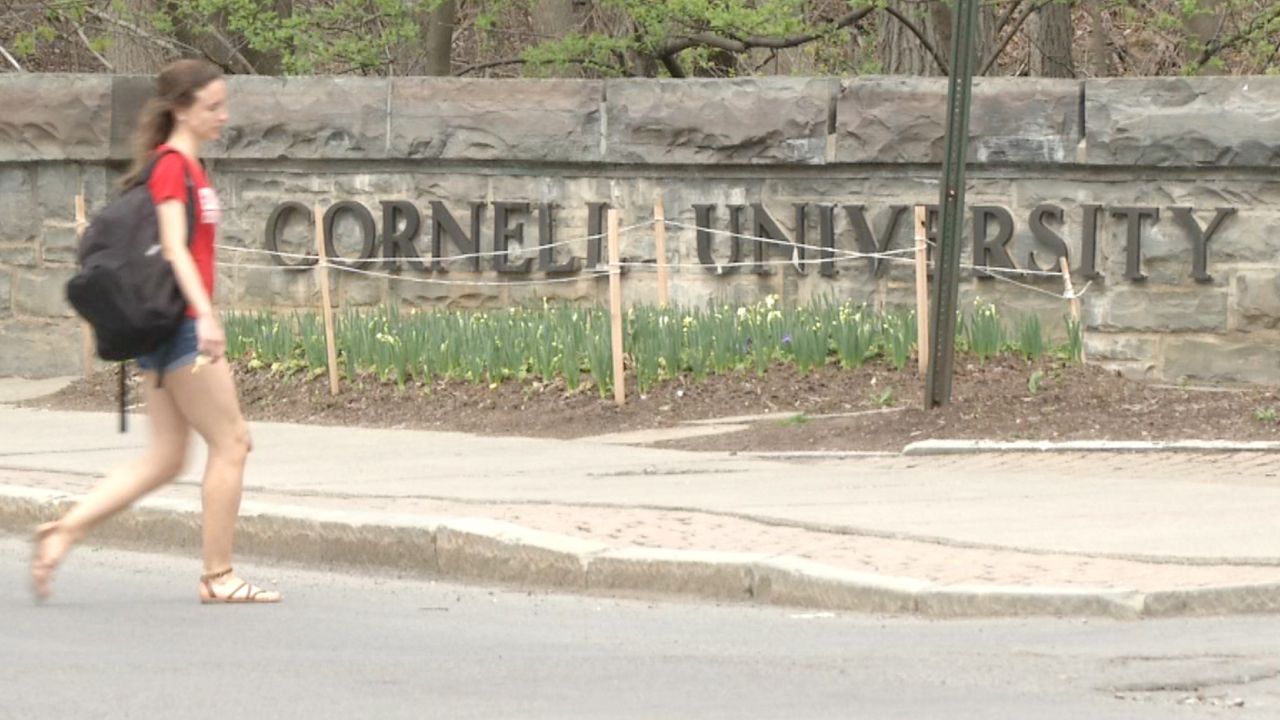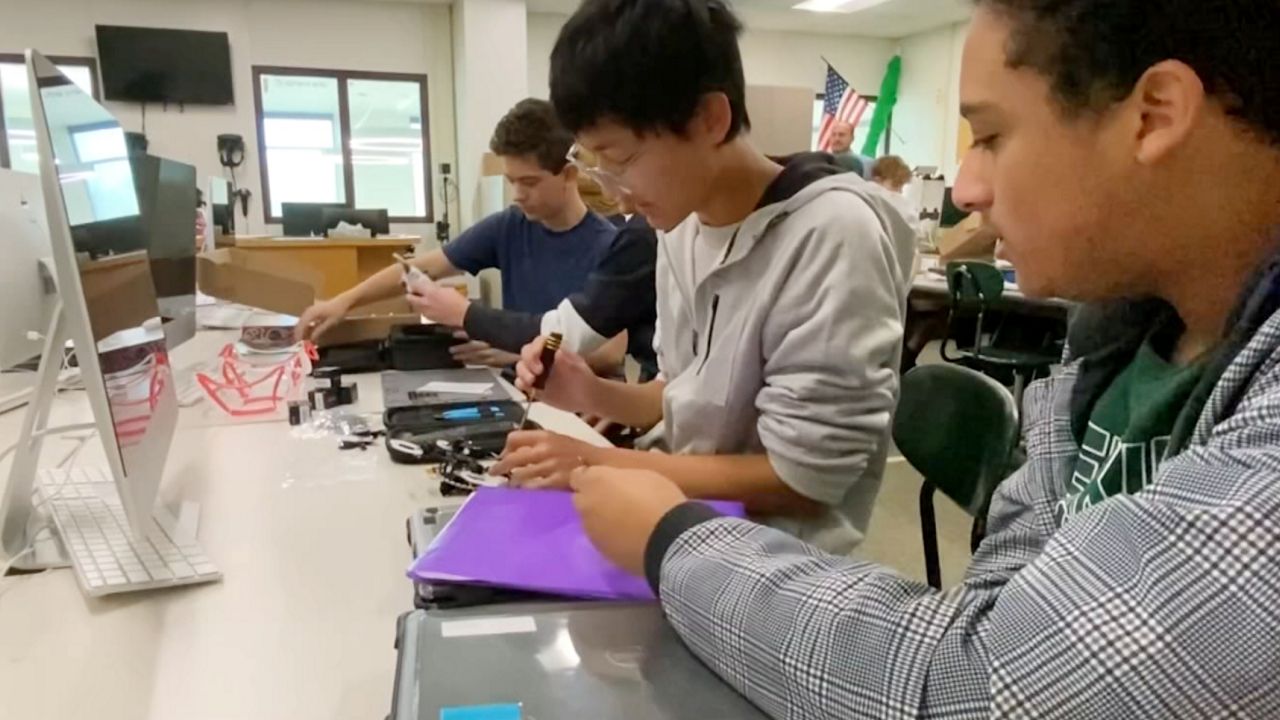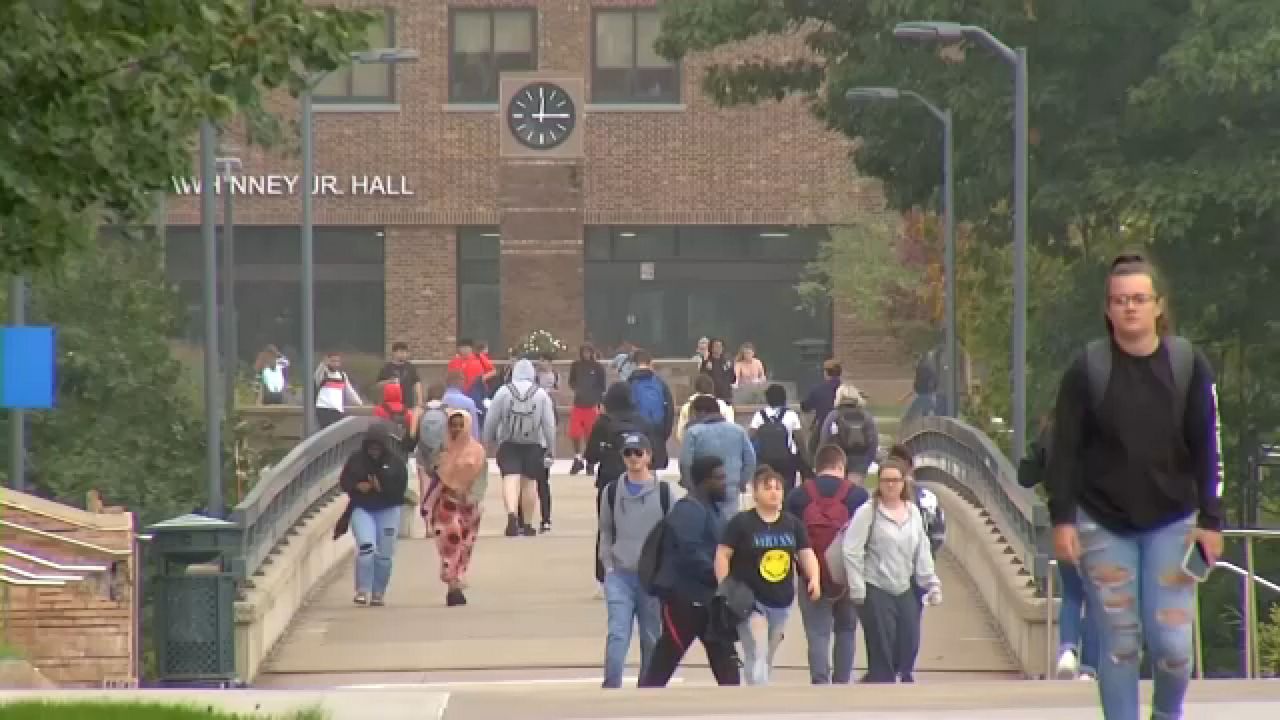The Oneida County Planning Department and SUNY Polytechnic Institute administered a survey to about 3,700 students about how COVID-19 has affected them.
“There are telling signs of what took place during it,” Oneida County Executive Anthony Picente said. “The insecurity, the anxiety that was taking place during it and in essence coming out of it too.”
The teen assessment survey, also known as TAP, occurs every four years. Seventh, ninth and 11th graders from 10 school districts were surveyed.
“Kids that were in school that had a strong support system at home did better than those that didn’t,” Picente said.
Picente says while the schools tried their best to adapt, there were still weaknesses in remote learning.
The TAP report highlights that the most common challenges with virtual learning included loss of motivation and concentration, lack of direct access to teachers and one-on-one educational assistance.
“The biggest impact was really that kids struggled,” Picente said,
According to the TAP report, students impacted the most by the pandemic were those students who identify as LGBTQ+, female or non-English speakers were impacted the most by the pandemic. Students also experienced chronic sadness and hopelessness, poor sleeping and eating habits.
“I think going into the pandemic and we can go back the last two years, we thought staying at home was initially the right thing, which it was until got a handle on it,” Picente said. “Then the delays and re-opening schools and re-engaging learning, those are things we have to do a better job of if the next situation ever happens, God forbid.”
Picente discussed the findings with the Oneida County Youth Service Council.
“And now we get the working group back together and say, ‘OK, what’s our plan, not just for the next time but how do we address?’ We still have kids that need help going forward and how are we addressing that,” Picente said. “All of it will be put together.”
The TAP report will also provide feedback to the school districts, develop recommendations to address issues, as well as identify funding and grant opportunities that directly relate to the report’s highlighted areas of concern.










